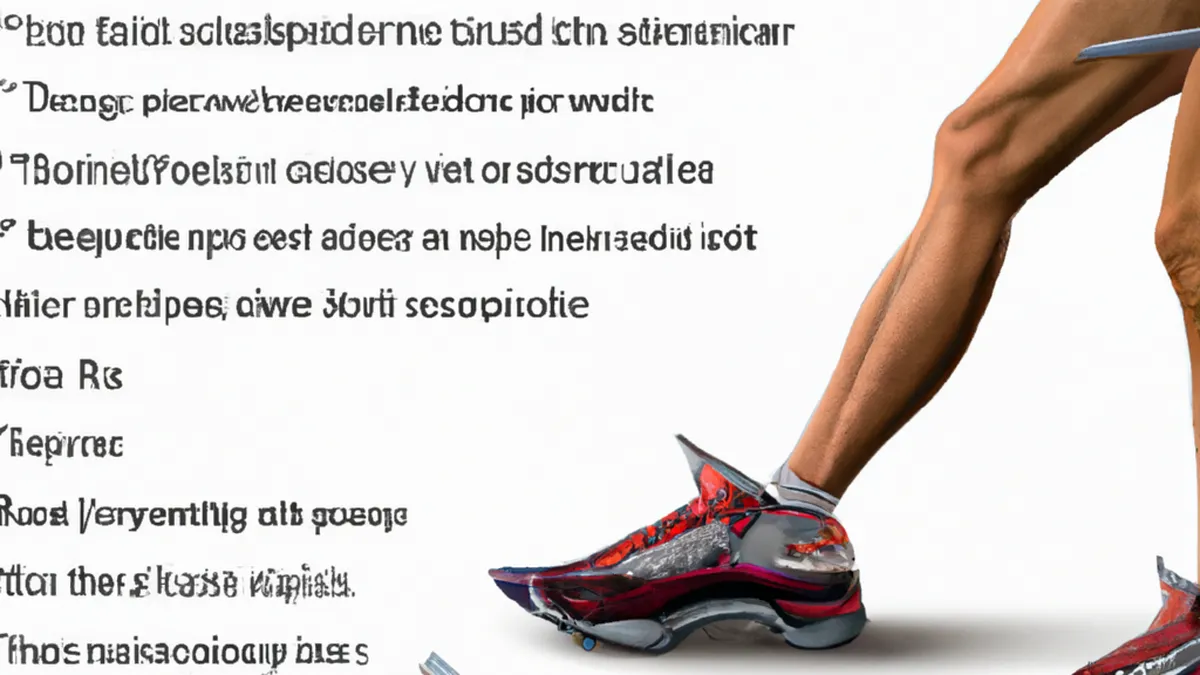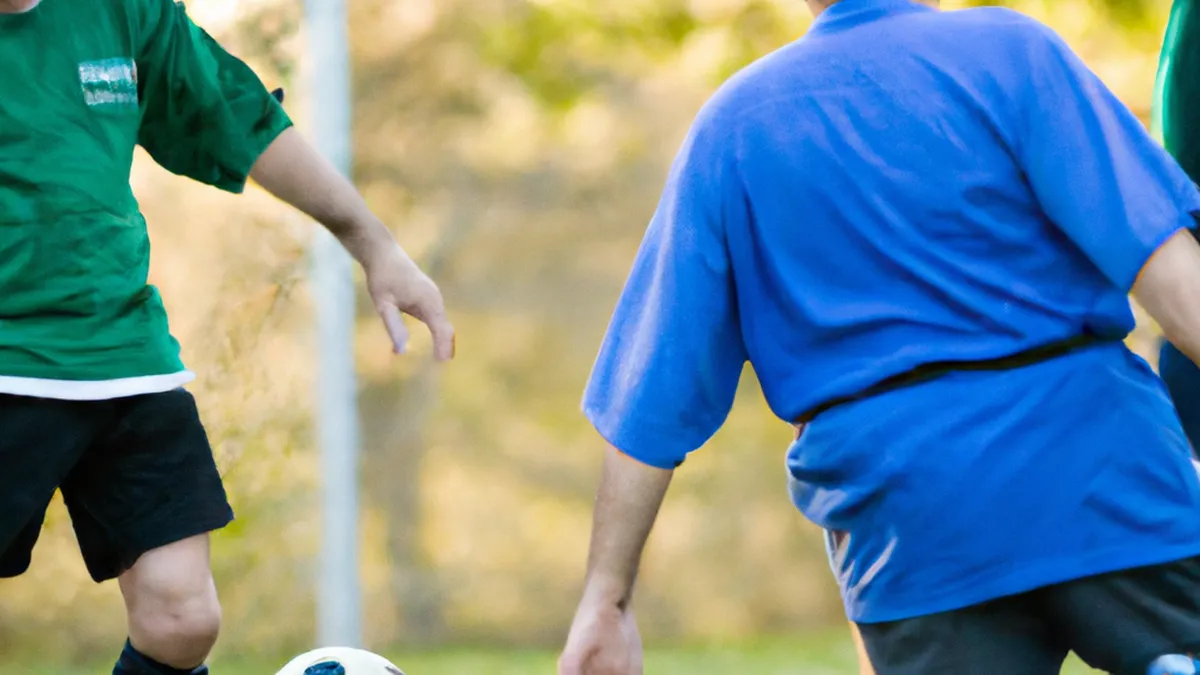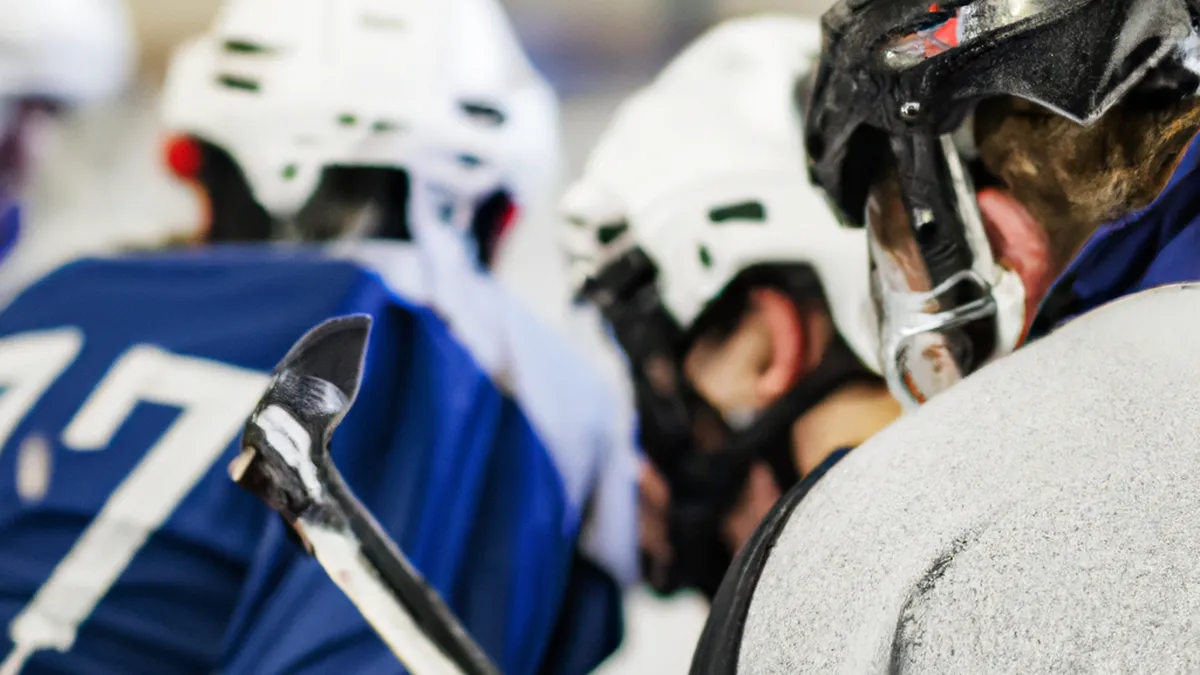Rebuild Your Footwork Skills Post-Injury
Tailoring Footwork Drills for Players Rehabilitating from Injuries
Rehabilitation after injury challenges athletes. Their performance relies on physical capabilities. Footwork is key to agility, coordination, and movement efficiency. Regaining footwork skills enhances performance and reduces future injury risk. This blog guides you in tailoring footwork drills for recovering players.
Understand the Injury
Assess the specific injury before starting footwork drills. Consult a medical professional to understand limitations and healing processes. This assessment ensures the rehabilitation process remains safe and effective.
Consider the Severity
Different injuries need different approaches. For example, a sprained ankle limits lateral movement and requires caution. A knee injury affects balance and stability. Tailor drills based on injury severity, prioritizing safety and recovery over intensity.
Work with a Therapist
Collaborate with a physical therapist to enhance rehabilitation. They provide personalized advice, modifications, and structured plans tailored to the athlete’s needs. A therapist tracks progress, adjusts drills, and ensures safety and effectiveness.
Start Slow and Progress Gradually
Begin footwork drills slowly and focus on low-impact activities. Simple movements build confidence and strength without risking further injury. Gradually increase drill intensity and complexity as strength and stability improve.
Incorporate Basic Movements
Start with basic footwork drills emphasizing control and coordination. Simple exercises, like toe taps, can be effective. This drill involves tapping toes on the ground slowly. As confidence grows, progress to faster rhythms and complex patterns.
Add Stability Challenges
Introduce stability challenges once basic movements feel comfortable. Use balance boards or stability balls to engage core muscles while improving footwork. Performing drills on a balance board challenges stability and promotes overall balance and coordination.
Focus on Specific Footwork Patterns
Tailor footwork drills to mimic relevant movements in the athlete’s sport. Specificity enhances rehabilitation relevance and prepares the athlete for a successful return.
Lateral Movements
For sports requiring lateral movement, like basketball or soccer, use side shuffles as a drill. Start slowly, emphasizing proper technique and control. Gradually increase speed as stability improves. Incorporating lateral movements prepares athletes for their sport’s demands.
Forward and Backward Drills
Include forward and backward drills to enhance overall movement skills. These movements build agility and coordination essential for athletic performance.
Conclusion
Tailoring footwork drills aids athletes in their recovery. Focus on injury specifics, collaborate with therapists, and progress gradually for effective rehabilitation.
Below are related products based on this post:
FAQ
What should I consider before starting footwork drills during rehabilitation?
Before starting footwork drills, it’s crucial to understand the specific injury and consult with a medical professional. This assessment will help identify limitations and ensure the rehabilitation process is safe and effective, allowing for a tailored approach based on the severity of the injury.
How can I ensure that footwork drills are safe and effective during recovery?
Collaborating with a physical therapist is essential for ensuring safety and effectiveness. A therapist can provide personalized advice, modify drills as needed, and create a structured rehabilitation plan. They will also track progress and adjust the intensity of exercises to match the athlete’s recovery stage.
What types of footwork drills are recommended for athletes recovering from injuries?
Start with basic footwork drills that emphasize control and coordination, such as toe taps. As confidence and strength improve, progress to stability challenges using balance boards. Incorporate sport-specific movements, like lateral shuffles and forward/backward drills, to enhance agility and prepare for a successful return to play.















Post Comment